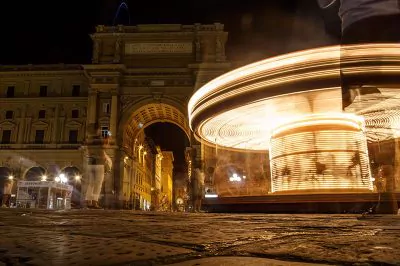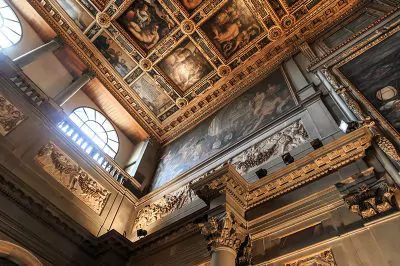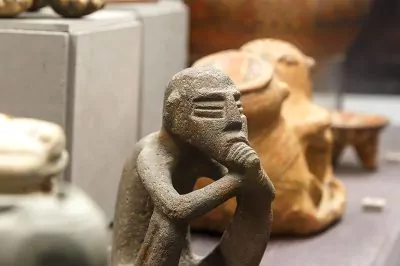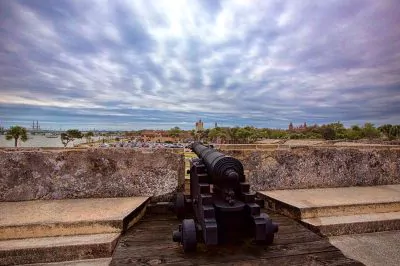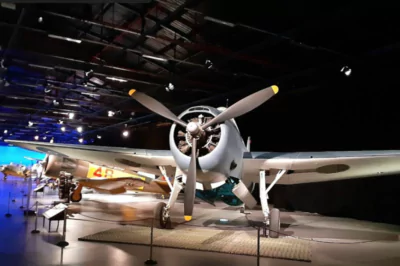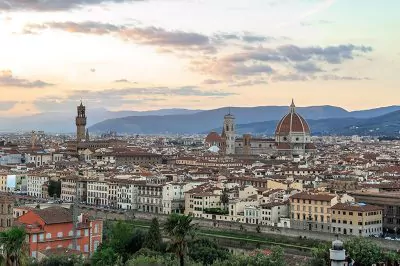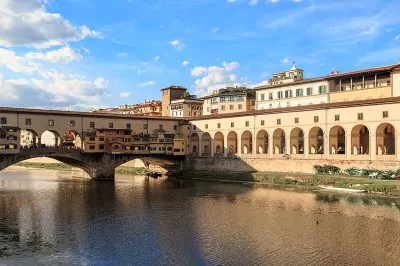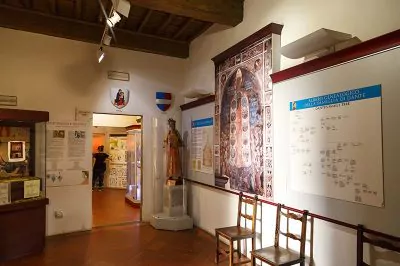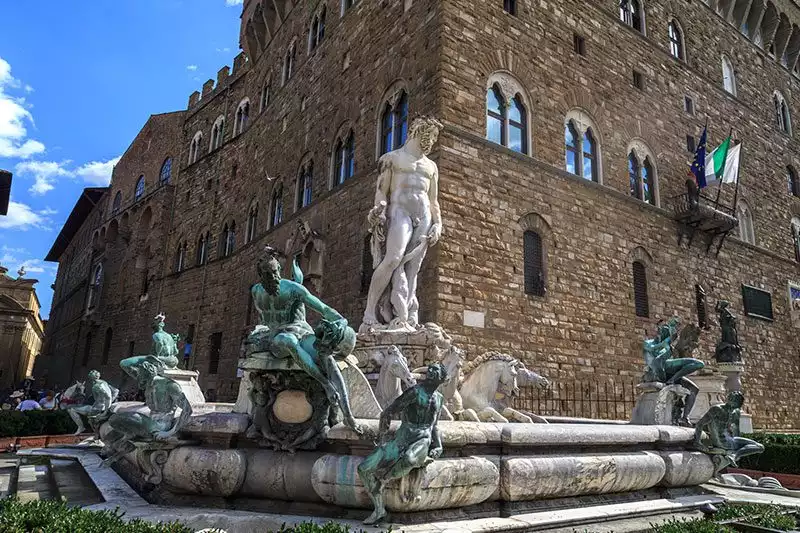
Piazza della Signoria: An Open Air Museum
Piazza della Signoria (Piazza della Signoria), located in the center of Florence, is an eye-catching art square. One of the most important squares of Florence, Piazza della Signoria is filled with the works of many sculptors.
There are many important sculptures in the square, it is like an open-air museum. Located at the other end of the Uffizi Gallery, Piazza della Signoria will literally saturate you with art.
Palazzo Vecchio, which is located on the edge of the square and whose 14th century tower can be seen from many points in Florence, used to be a palace. When the Medici family moved to Pitti Palace, it became known as Palazzo Vecchio, which means Old Palace.
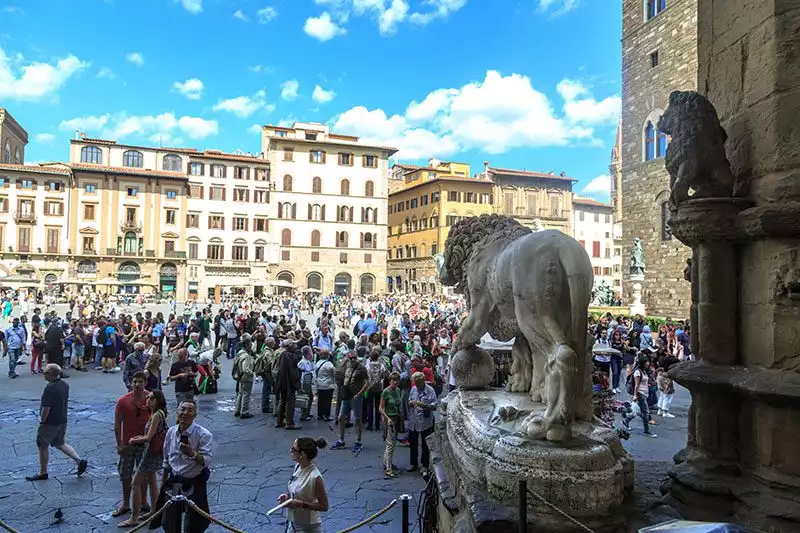
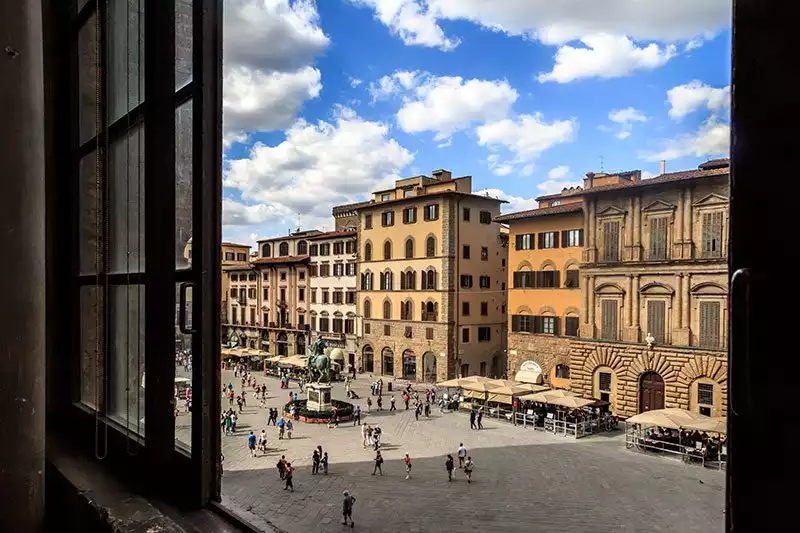
Statues in Piazza della Signoria
Let’s start with the two statues in front of the Vecchio Palace in Piazza della Signoria. One of them is the statue of David, which was taken under protection because it was very valuable and taken to the Florence Academy of Fine Arts Gallery. The statue by Michelangelo had been here for 400 years. When it was removed from this square, a similar one was rebuilt and placed here.
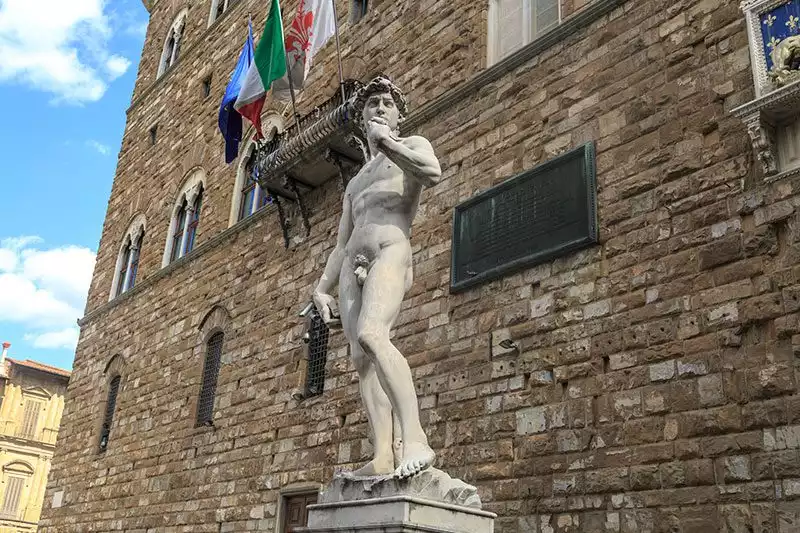
The statue next to it is the statue of Hercules and Cacus. Located to the right of the entrance gate of the Vecchio Palace, this statue was created by Florentine artist Baccio Bandinelli. The statue of Hercules killing the ancient monster named Cacus, which is about 5 meters tall, attracts our attention as much as the visitors. In addition to Heracles and Cacus symbolizing power, the statue of David represents spiritual power.
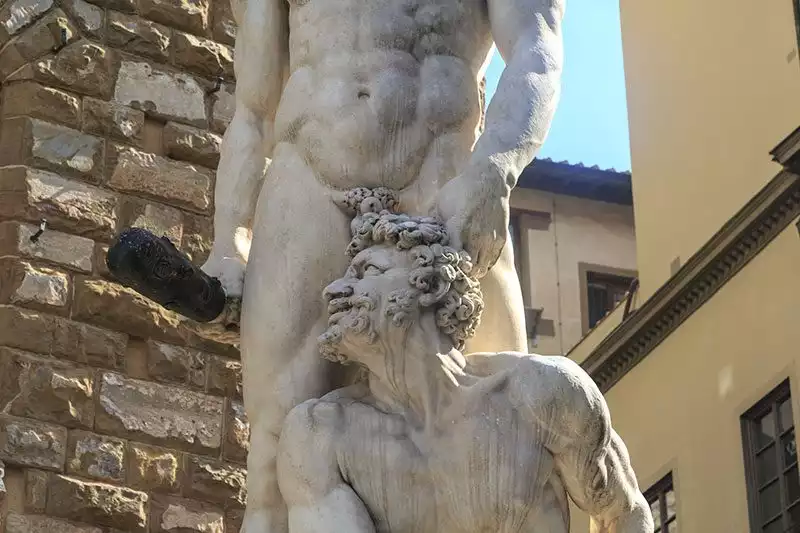
The square is of course not limited to these two statues. The Loggia della Signoria was built for the Medici family to watch the ceremonies in comfort. Today there are many statues in the loggia. The most frightening among them is the bronze statue of Perseus by Benvenuto Cellini. Perseus is among the ancestors of Heracles. The statue depicts Perseus with his sword in his right hand and the head of Medusa in his left.
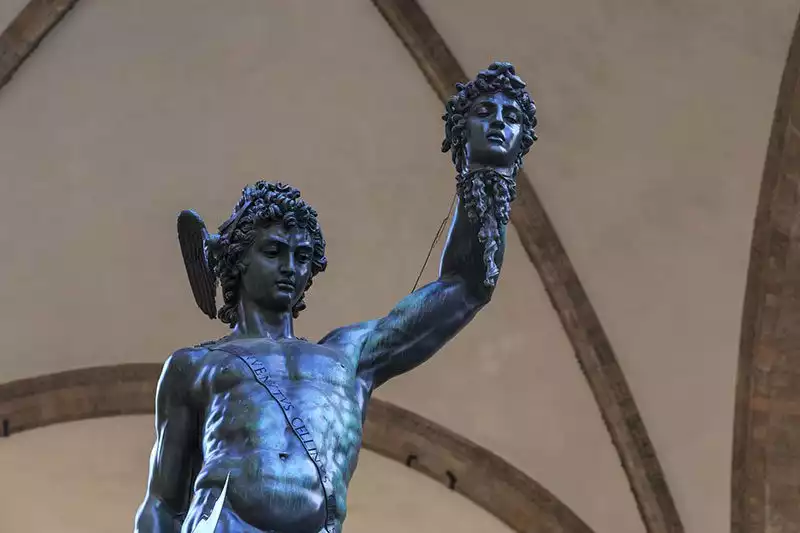
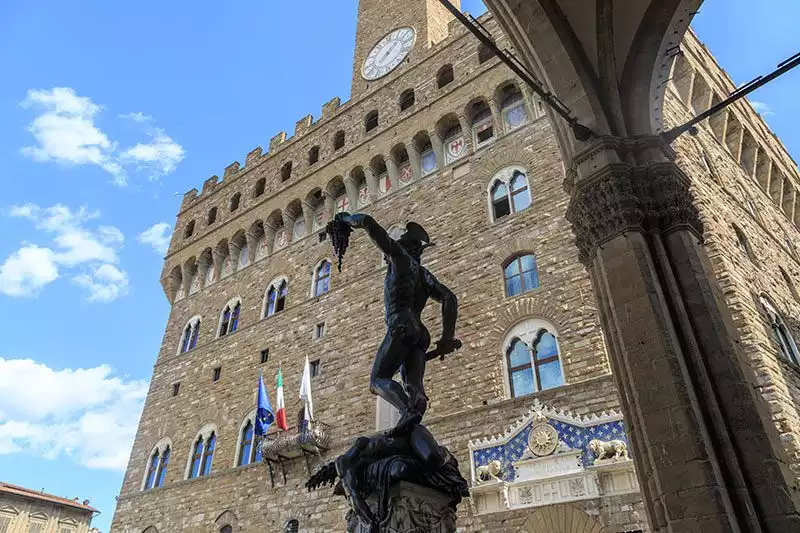
One of the works in the box in Piazza della Signoria is Giambologna’s Ratto Delle Sabine (The Abduction of the Sabine Women). In the sculpture, a Roman soldier carries away a Sabine woman from the city of Sabine, while a Sabine man is crushed under his foot. This statue, like many others in the square, is not original. The original is in the Galleria dell Academia.
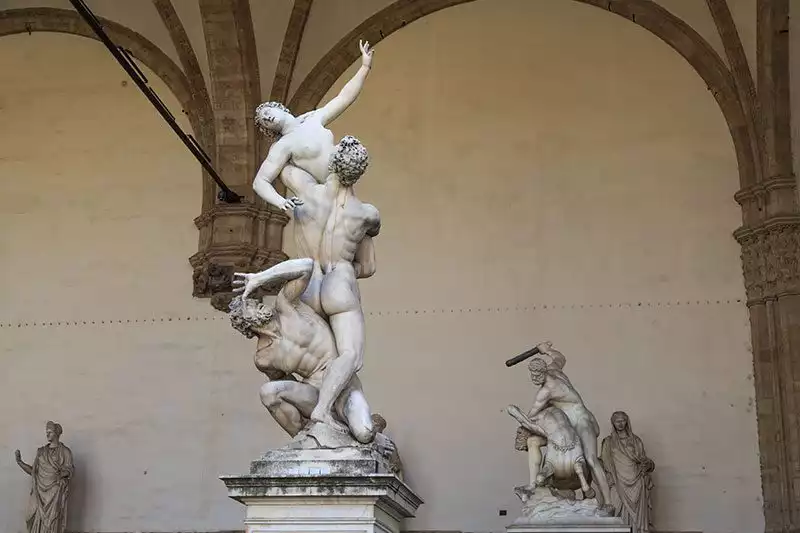
Another important monument in Piazza della Signoria is the Neptune Fountain. Built in the 16th century by Bartolomeo Ammannati and his students, the fountain has a statue of Neptune, the god of the sea, in the center. Surrounding statues are sea horses and mermaids.

In the center of the square is the statue of Cosimo Medici, also by Giambologna. Thanks to Cosimo, a member of the Medici family, a political and economic giant of the time, art was revived and the Renaissance era began.
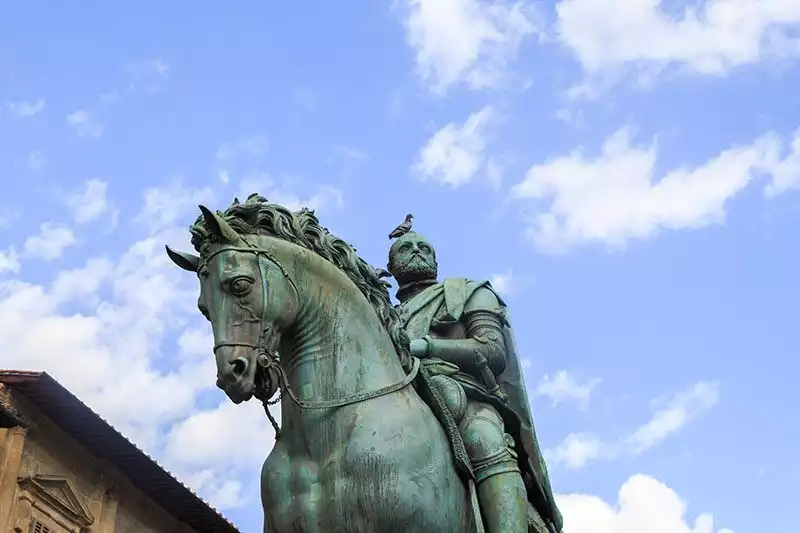
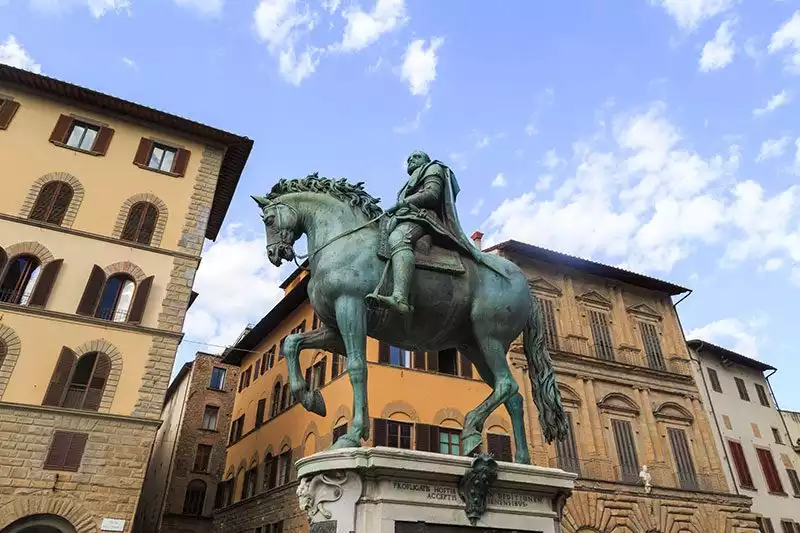
If you are going to Florence, you should definitely add Signoria Square to your route. Because this square shows the elements of the Renaissance.
